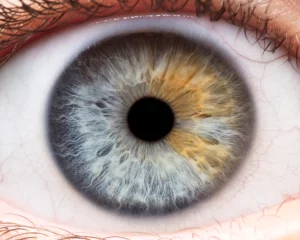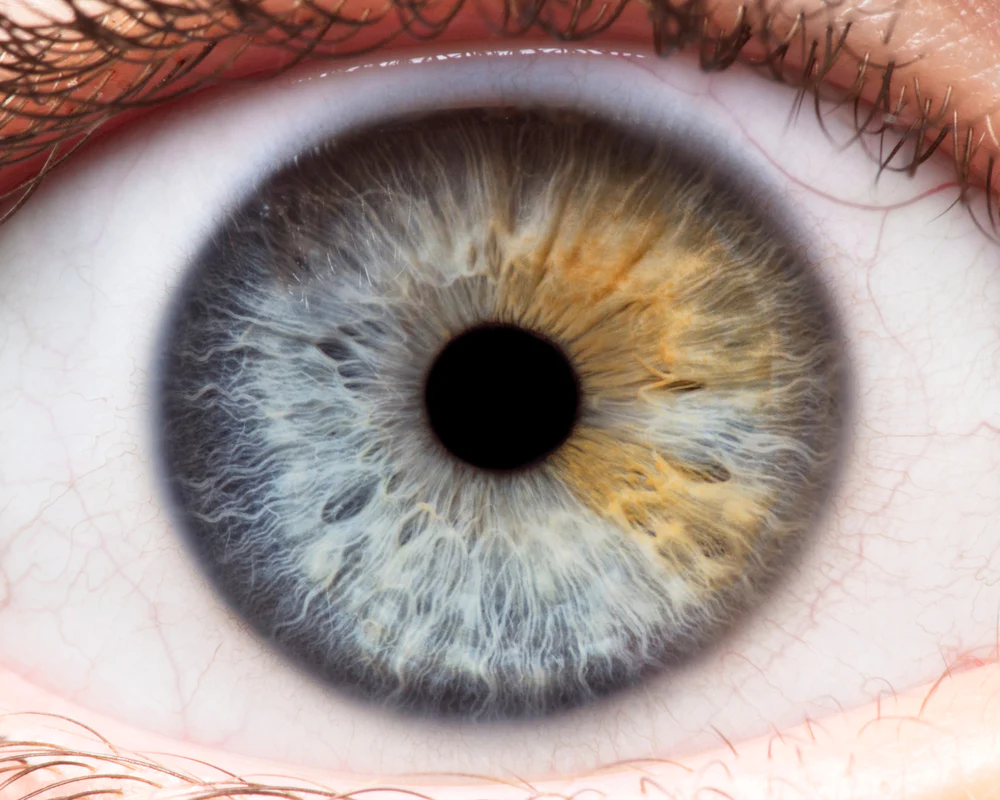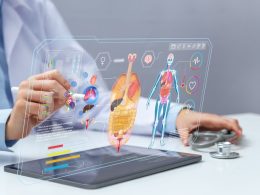Introduction
Gene therapy has emerged as a groundbreaking approach in glaucoma management, offering a promising path to lower eye pressure and alleviate the symptoms of this sight-threatening disease. This article takes you on a journey into the intricate scientific principles and techniques behind gene therapy for glaucoma.
Deciphering the Genetic Blueprint
At the heart of gene therapy for glaucoma lies the understanding of the genetic blueprint that drives the condition. Researchers have identified specific genes associated with glaucoma, many of which are linked to the regulation of eye pressure. These genes serve as the foundation for targeted therapy.

Addressing Intraocular Pressure
Intraocular pressure (IOP) is a key factor in glaucoma development and progression. Traditional treatments have primarily focused on lowering IOP using eye drops, surgeries, or implants. Gene therapy, however, takes a more direct and personalized approach by targeting the genetic roots of high IOP.
Gene Delivery Mechanisms
One of the critical aspects of gene therapy is the delivery of therapeutic genes into the eye. This is achieved through viral vectors, which are modified viruses engineered to transport specific genes to the target cells. These vectors play a pivotal role in ensuring the therapeutic genes reach their destination.
Dr. Sarah Mitchell: A Leader in Gene Therapy
Dr. Sarah Mitchell, a leading figure in the field of gene therapy for glaucoma, has played a vital role in advancing the scientific understanding and application of this innovative approach. Her extensive research and pioneering work have contributed to the development of gene therapy techniques.
Introducing the Knowledge Source: Dr. Sarah Mitchell Dr. Sarah Mitchell is a distinguished researcher with a profound knowledge of genetic therapies for glaucoma management. Her contributions have significantly shaped the field, making her a respected authority in gene therapy for this condition.
Targeted Gene Editing
Once the therapeutic genes are delivered to the eye, they operate within the target cells to correct genetic mutations or dysfunctions. This process involves precise gene editing techniques, allowing for the modification of the faulty genetic instructions contributing to high intraocular pressure.
Minimizing Side Effects
One of the primary advantages of gene therapy in glaucoma management is its ability to minimize side effects. Traditional treatments often carry risks, such as eye irritation, infection, or complications from surgery. Gene therapy’s targeted approach reduces these risks, making it a safer and more comfortable option for patients.

A Comparative Table: Gene Therapy vs. Traditional Glaucoma Treatment
| Aspect | Gene Therapy | Traditional Treatment |
|---|---|---|
| Targeted Approach | Yes | Partial |
| Invasiveness | Low | High |
| Potential Side Effects | Minimal | Varied |
| Disease Halt | Promising | Symptom Management |
Conclusion
The mechanics of gene therapy for glaucoma management are intricate and rooted in a deep understanding of the genetic basis of the disease. Researchers like Dr. Sarah Mitchell are pushing the boundaries of science to provide glaucoma patients with a more effective, less invasive, and safer treatment option. As the field of gene therapy continues to evolve, it offers new hope and a transformative future for those battling the challenges of glaucoma.










